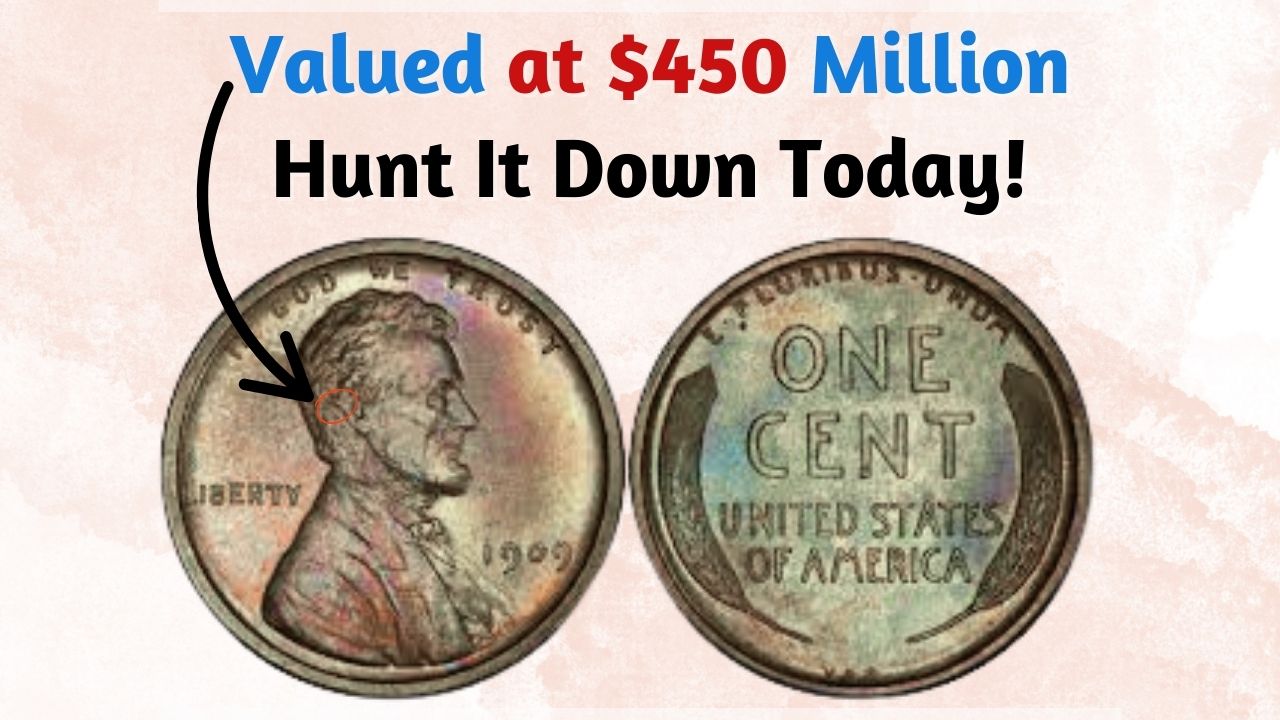You may have heard the viral story about a Bicentennial Quarter worth $2.5 billion. Sounds crazy, right? While it’s not exactly true, it does raise a fun question—could your spare change be worth something big? Let’s break down the real story behind the 1976 Bicentennial Quarter, why some are valuable, and what to look for in your coin jar.
Facts About the Bicentennial Quarter
| Category | Details |
|---|---|
| Year | 1976 (Bicentennial Issue) |
| Design | Colonial drummer boy, dual date |
| Material | Copper-nickel or 40% silver (collector sets) |
| Mint Marks | P (none), D (Denver), S (San Francisco) |
| Valuable Types | Silver proofs and error coins |
| Value Range | $5 to $20,000+ |
| Circulation | Yes, still found today |
Why This Quarter Is Special
The U.S. Mint released this quarter in 1976 to celebrate America’s 200th birthday. Instead of the usual eagle design, the back shows a drummer boy and a torch with 13 stars for the original colonies.
The front still shows George Washington, but the year is different—“1776–1976” instead of one single year. This makes the coin stand out and feel historic.
How These Coins Were Made
Millions of these quarters were made in three locations: Philadelphia, Denver, and San Francisco. But not all were made the same.
Normal coins for daily use were made from copper-nickel. Collector versions were made from 40% silver. These silver coins were not used in everyday circulation and had better quality because they were made for collectors.
Some were also made as proof coins, which have a mirror-like finish. These are usually found in special coin sets.
Are They Still Around
Yes! Many of these quarters are still being used today. You might even get one as change at a store. That’s part of the fun—you never know what’s in your pocket.
But the very rare ones? Those are usually in private collections. These include silver coins and coins with minting errors. They’ve been kept in great condition and never saw daily use.
Cool Features That Make Them Unique
Here are some things that make the Bicentennial Quarter different:
- Dual Date (1776–1976) – Only used for this coin.
- Drummer Boy Design – It was special for the Bicentennial.
- Mint Marks – P, D, or S shows where the coin was made.
- Silver Content – Some versions are 40% silver.
- Proof Coins – These are shiny and very detailed.
- Mint Errors – These are coins with mistakes that can make them very valuable.
Examples of errors include off-center strikes, double images, or coins made with the wrong metal.
How Often Will You Find One
You can still find these coins in your loose change. But most of them are only worth face value—just 25 cents.
However, the rare versions, like proof silver coins or those with errors, can be worth thousands. Most of these are already in the hands of collectors.
Real Prices
Let’s be honest—no Bicentennial Quarter has sold for $2.5 billion. That number is just an internet myth. But here’s what you can actually expect:
| Coin Type | Estimated Value |
|---|---|
| Regular Circulation Coin | $0.25 to $1 |
| Uncirculated Coin | $1 to $5 |
| 40% Silver Coin (S Mint) | $5 to $30 |
| Silver Proof Coin | $10 to $40 |
| Rare Error Coin | $500 to $20,000+ |
The error coins are what excite serious collectors the most. These can show up in auctions and sell for big amounts.
Final Thoughts
That $2.5 billion story? Just clickbait. But the Bicentennial Quarter is still pretty awesome.
If you have one, check the edge for a silver look or strange markings. Look for the “S” mint mark or any odd features. Who knows—you might not be a billionaire, but you could be holding a coin worth a small fortune. It’s like treasure hunting… and it starts right in your pocket.
FAQs
Is the Bicentennial Quarter really worth $2.5 billion?
No, that’s just a fake story.
How do I know if my quarter is silver?
Check the edge—no copper stripe means it might be silver.
Are they still in use?
Yes, you can still find them.
What’s the most valuable one?
Rare error coins or silver proof coins.
Should I get my quarter graded?
Yes, if it looks special or different.











